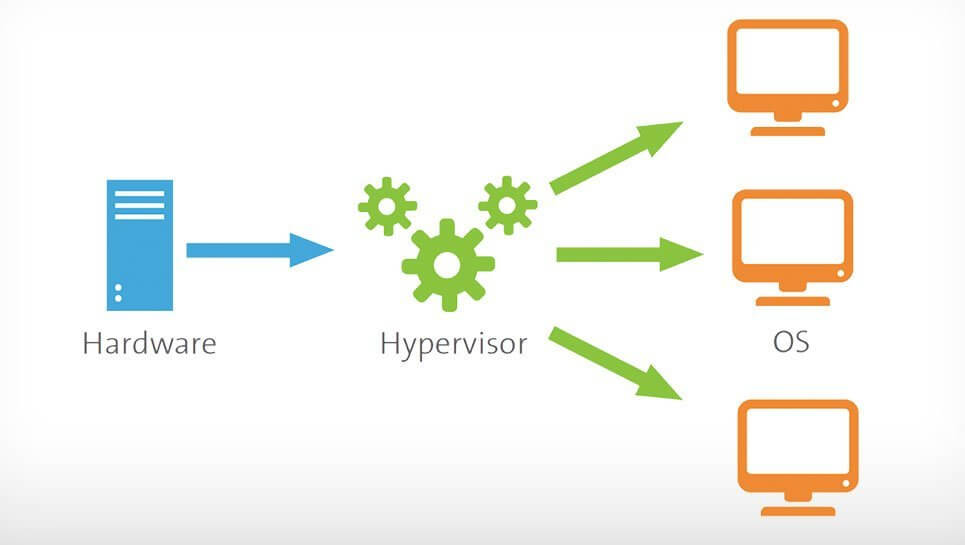A hypervisor, also known as a virtual machine monitor (VMM), is a software or firmware layer that enables multiple virtual machines (VMs) to run on a single physical machine. It is an essential component of virtualization technology, which allows the creation and management of virtual environments.

The hypervisor abstracts the underlying hardware resources and provides a virtualized environment for each VM, allowing them to operate as independent systems. It manages the allocation and sharing of the physical resources, such as CPU, memory, storage, and network, among the virtual machines.
There are two main types of hypervisors:
- Type 1 Hypervisor (Bare-Metal Hypervisor):
- Installed directly on the physical machine without the need for an underlying operating system (OS).
- Manages the hardware resources and provides a layer for running multiple VMs.
- Examples: VMware ESXi, Microsoft Hyper-V, Citrix XenServer, KVM (Kernel-based Virtual Machine).
- Type 2 Hypervisor (Hosted Hypervisor):
- Installed as an application on top of an existing operating system.
- The underlying OS provides the hardware abstraction layer, and the hypervisor runs as a process within the OS.
- Examples: VMware Workstation, Oracle VirtualBox, Microsoft Virtual PC.
Both types of hypervisors have their advantages and use cases. Type 1 hypervisors are typically used in enterprise server environments for high-performance and production-level virtualization. Type 2 hypervisors are more commonly used for desktop virtualization, testing, and development scenarios. The hypervisor plays a crucial role in managing and isolating virtual machines, allowing efficient resource utilization, improved hardware utilization, and flexibility in deploying and managing virtualized environments.